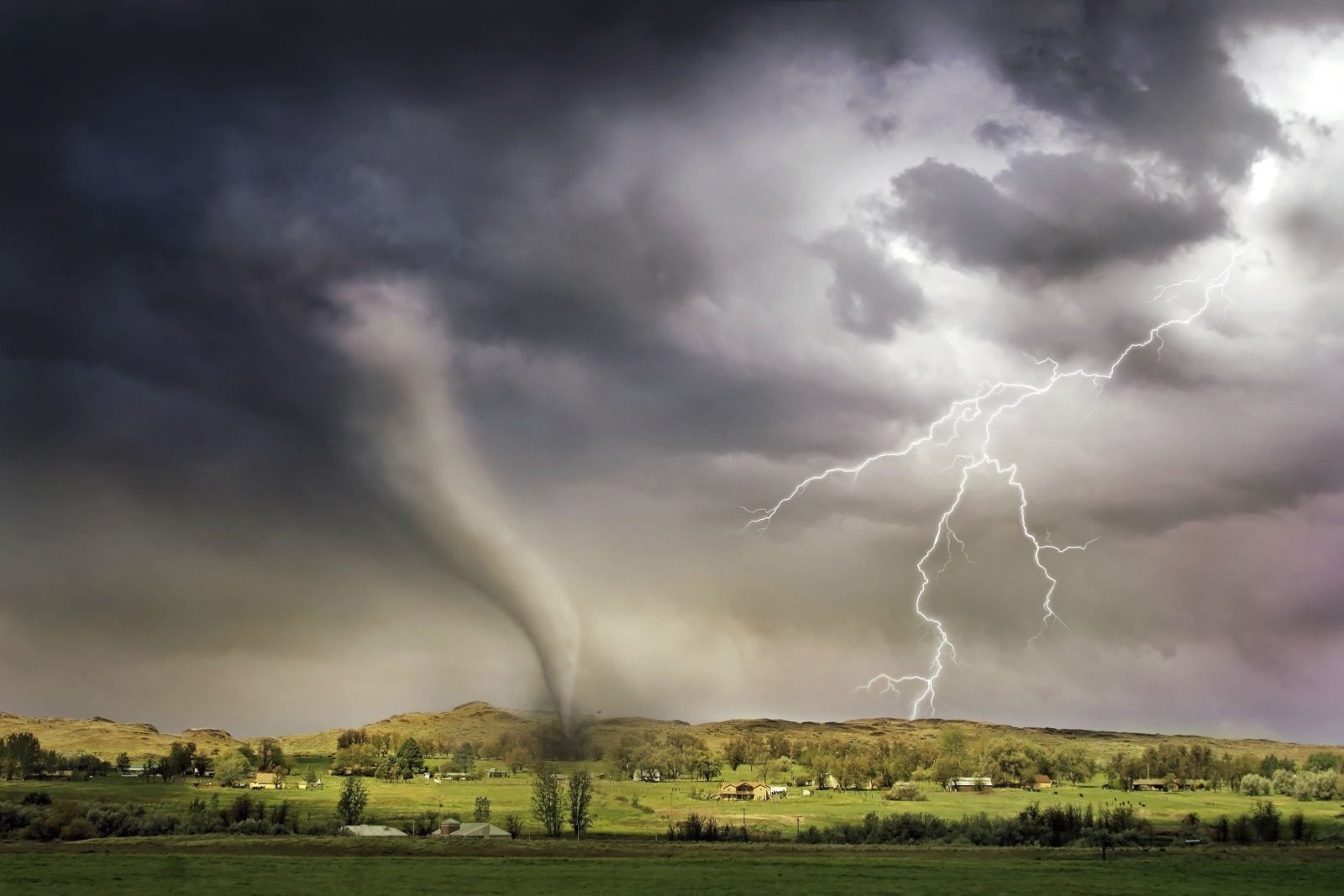Meteorologists in the Czech Republic have confirmed a weak tornado in Tisá, in the Ústí nad Labem Region on Sunday evening. This event is unusual because it occurred in a hilly area, where tornadoes are not usually expected. There was no thunderstorm or electrical activity in the area, yet a tornado formed.
According to Martin Novák of the Czech Hydrometeorological Institute, a tornado formed in a hilly area is fascinating, as flat regions are more conducive to developing tornadoes. Moreover, this tornado was weak, and its formation without a thunderstorm or electrical activity is rare.
The tornado caused damage to two houses, and a shed was also damaged. However, no one was injured, and firefighters did not need to intervene, as the owner of the damaged hut decided to remove it himself.
A weak tornado occurred in Zvěřínek in the Nymburk District on the same day. This tornado, too, formed without a thunderstorm or electrical activity. While it did not cause significant damage, it is still unusual.
According to the Czech Hydrometeorological Institute, several tornadoes are reported annually in the Czech Republic. However, predicting the occurrence of tornadoes is difficult, as several conditions must be met for a tornado to form. Typically, a tornado forms when cold air from higher elevations crosses with warm air near the ground in a thunderstorm cloud, creating a vertical vortex. If the air is humid, water will condense in the whirlpool, and the cylinder will fall to the ground. If it reaches the ground, a tornado forms.
The occurrence of these two tornadoes in a single day without thunderstorm activity has raised concerns about the impact of climate change on weather patterns. While it is too early to draw any conclusions, it is clear that unusual weather events are becoming more frequent. Meteorologists and researchers will continue monitoring weather patterns and studying possible climate change links.





